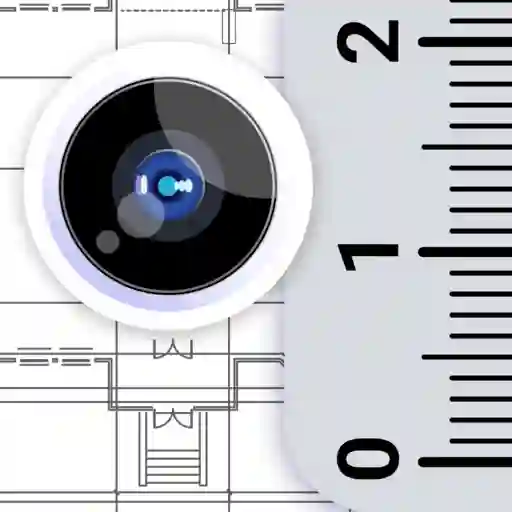Adobe Lightroom Mod is a powerful photo editing and management application designed to help photographers and enthusiasts enhance, organize, and share their images seamlessly across devices. With its intuitive interface and robust feature set, Lightroom enables users to transform their photos into stunning visual stories.
Lightroom offers a comprehensive suite of tools for editing and organizing photographs. It supports non-destructive editing, meaning your original images remain unaltered as you make adjustments. This feature is particularly beneficial for preserving the integrity of your photos while experimenting with various edits. Additionally, Lightroom’s synchronization capabilities ensure that your work is accessible across mobile devices, desktops, and the web, providing flexibility and convenience for editing on the go.
Features of Lightroom
Powerful Editing Tools
Lightroom provides a wide range of editing options, including exposure adjustment, color correction, cropping, and sharpening. These tools allow users to fine-tune their images to achieve the desired look and feel.
Presets
Users can apply predefined settings, known as presets, to quickly enhance their photos. Lightroom includes a variety of standard presets, and users can also create and share custom presets to maintain consistency across their work.
Organizational Capabilities
The app offers robust organizational features, such as tagging, rating, and creating albums, making it easy to manage large photo libraries. The search function allows users to locate specific images swiftly.
Cloud Syncing
Lightroom’s cloud syncing ensures that your photos and edits are available across all your devices. This feature provides the flexibility to start editing on one device and continue on another without any hassle.
In-App Learning and Community
Lightroom offers interactive tutorials and access to a community of photographers. Users can learn new techniques, get inspired by others’ work, and even share their own edits within the app.
How to Use Lightroom
1. Sign In: Open the app and sign in using your Adobe ID, or choose to sign in with Apple, Facebook, or Google accounts.
2. Import Photos: After signing in, you can import photos from your device’s gallery. Tap on the ‘Add Photos’ option and select the images you wish to edit.
3. Navigate the Workspace: Familiarize yourself with Lightroom’s workspace, which includes views such as Device, Lightroom, People, and Shared Albums. These sections help you organize and access your photos efficiently.
4. Editing Photos:
Select a Photo: Tap on a photo to open it in the editing interface.
Apply Presets: Explore the ‘Presets’ tab to apply predefined settings for quick enhancements.
Manual Adjustments: Use tools like ‘Light’, ‘Color’, ‘Effects’, ‘Detail’, and ‘Crop’ to make manual adjustments.
Compare Edits: Tap and hold the image to compare the edited version with the original.
Organize Your Photos: Utilize albums, flags, and ratings to categorize and organize your images. This practice ensures easy retrieval and management of your photo library.
Sync Across Devices: Ensure that the sync option is enabled to access your photos and edits on other devices. This feature allows for a seamless editing experience, whether you’re on a mobile device or desktop.
Share and Export: Once satisfied with your edits, tap the ‘Share’ icon to export the photo. You can share it directly to social media platforms or save it to your device.
Conclusion
Adobe Lightroom stands out as a versatile and user-friendly photo editing app, catering to both beginners and professional photographers. Its extensive features, combined with cloud syncing and community support, make it an invaluable tool for anyone looking to enhance their photography skills. By following the steps outlined above, users can efficiently navigate Lightroom and transform their images into captivating visual narratives.





















